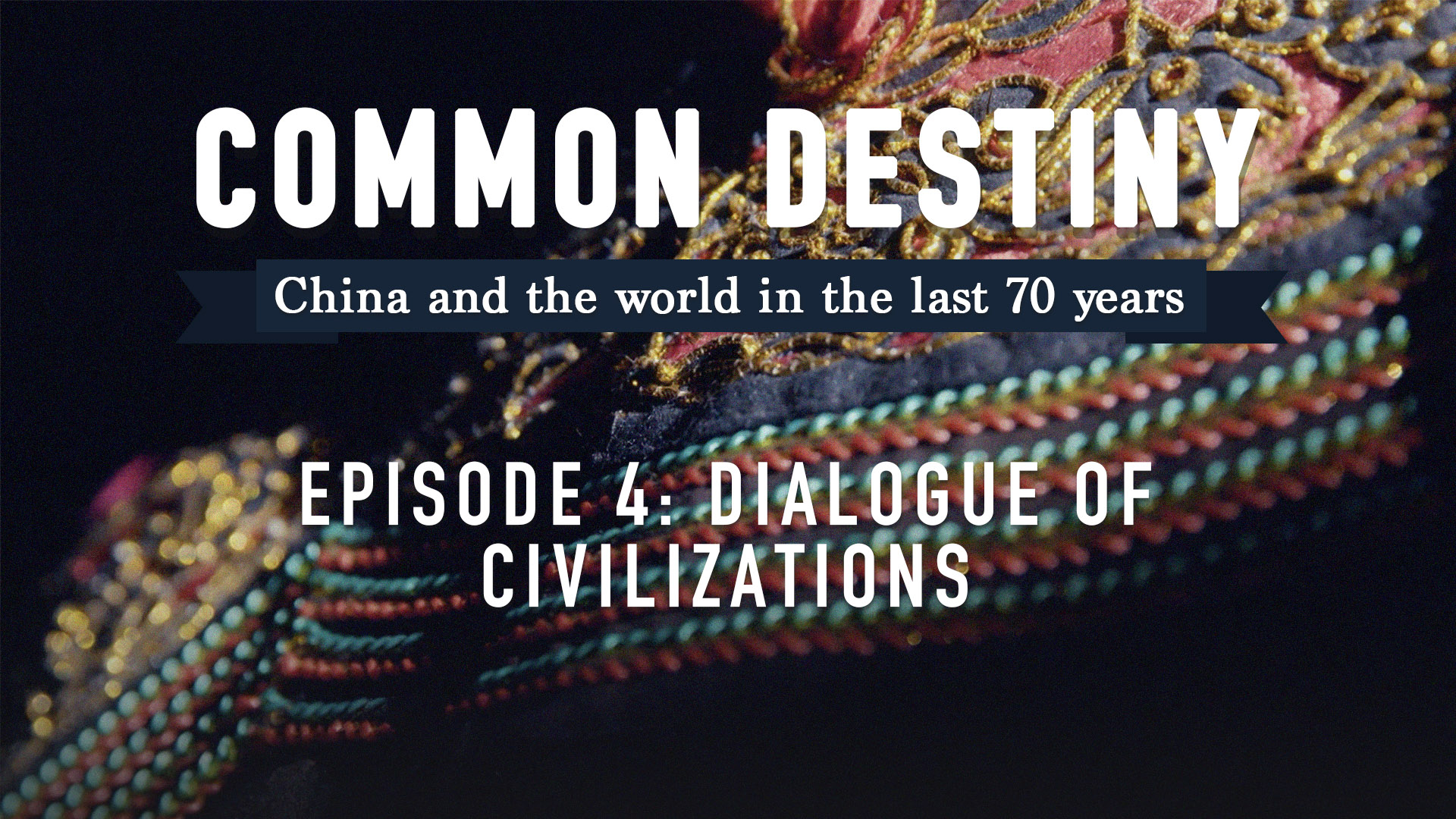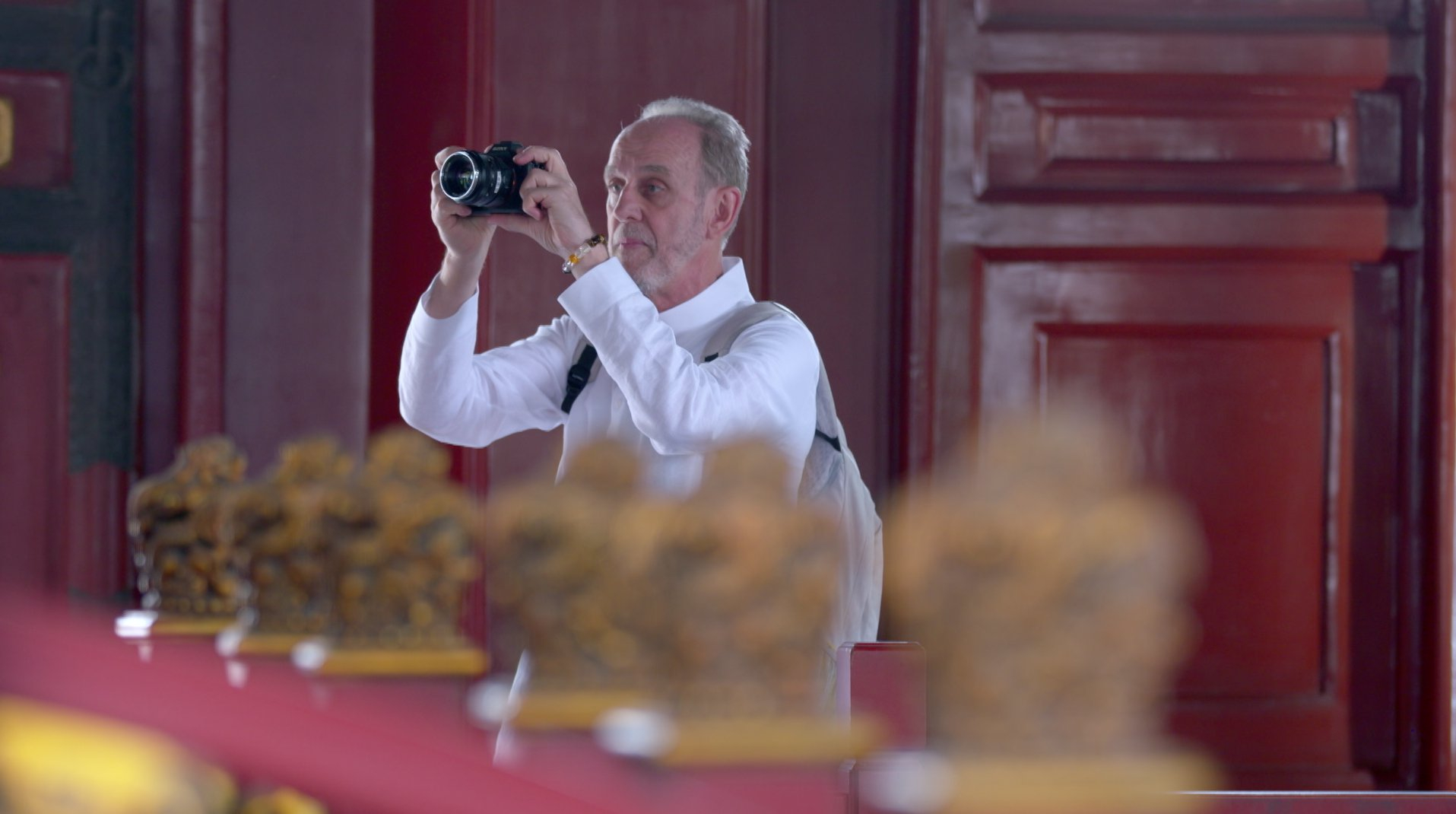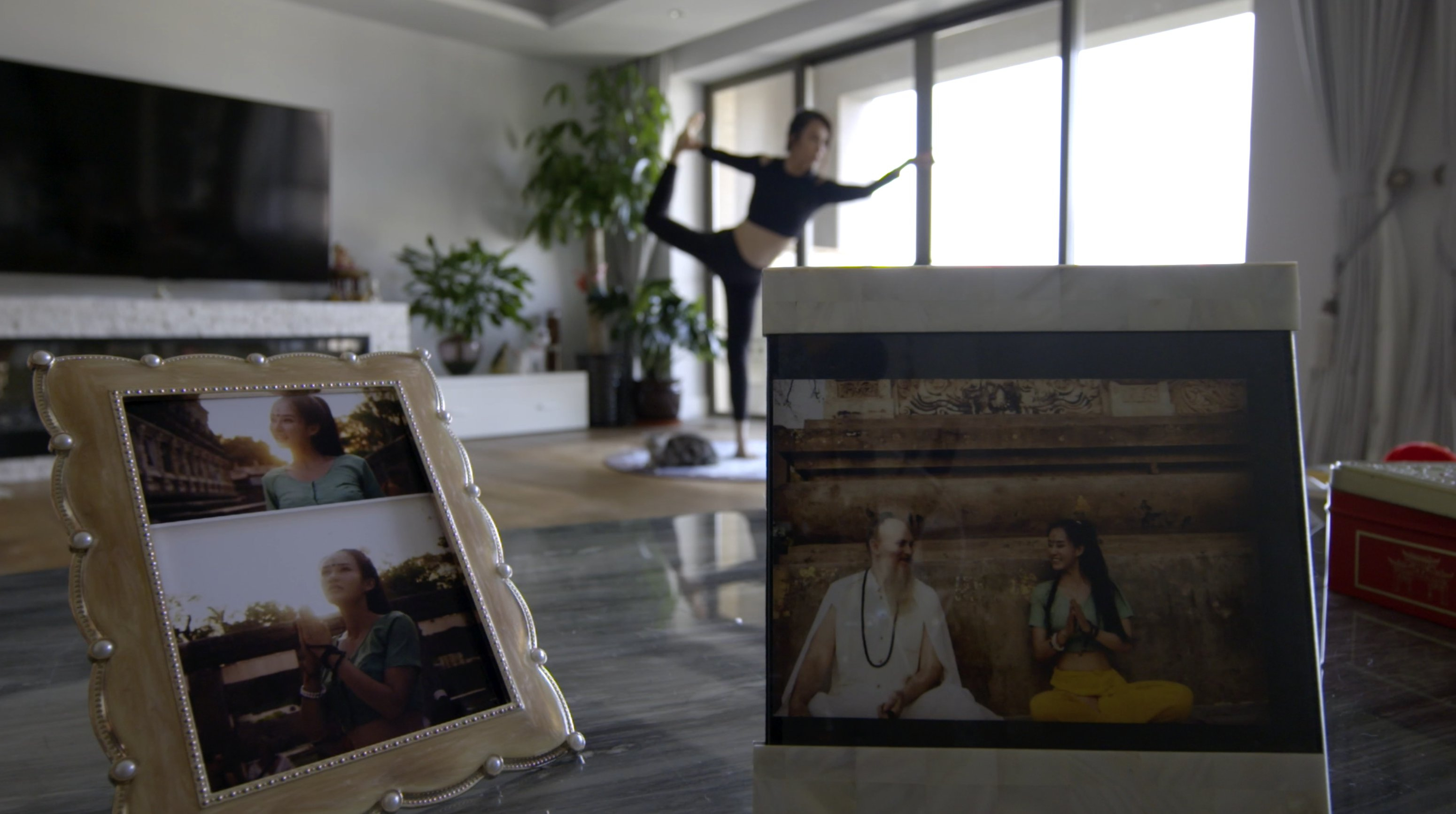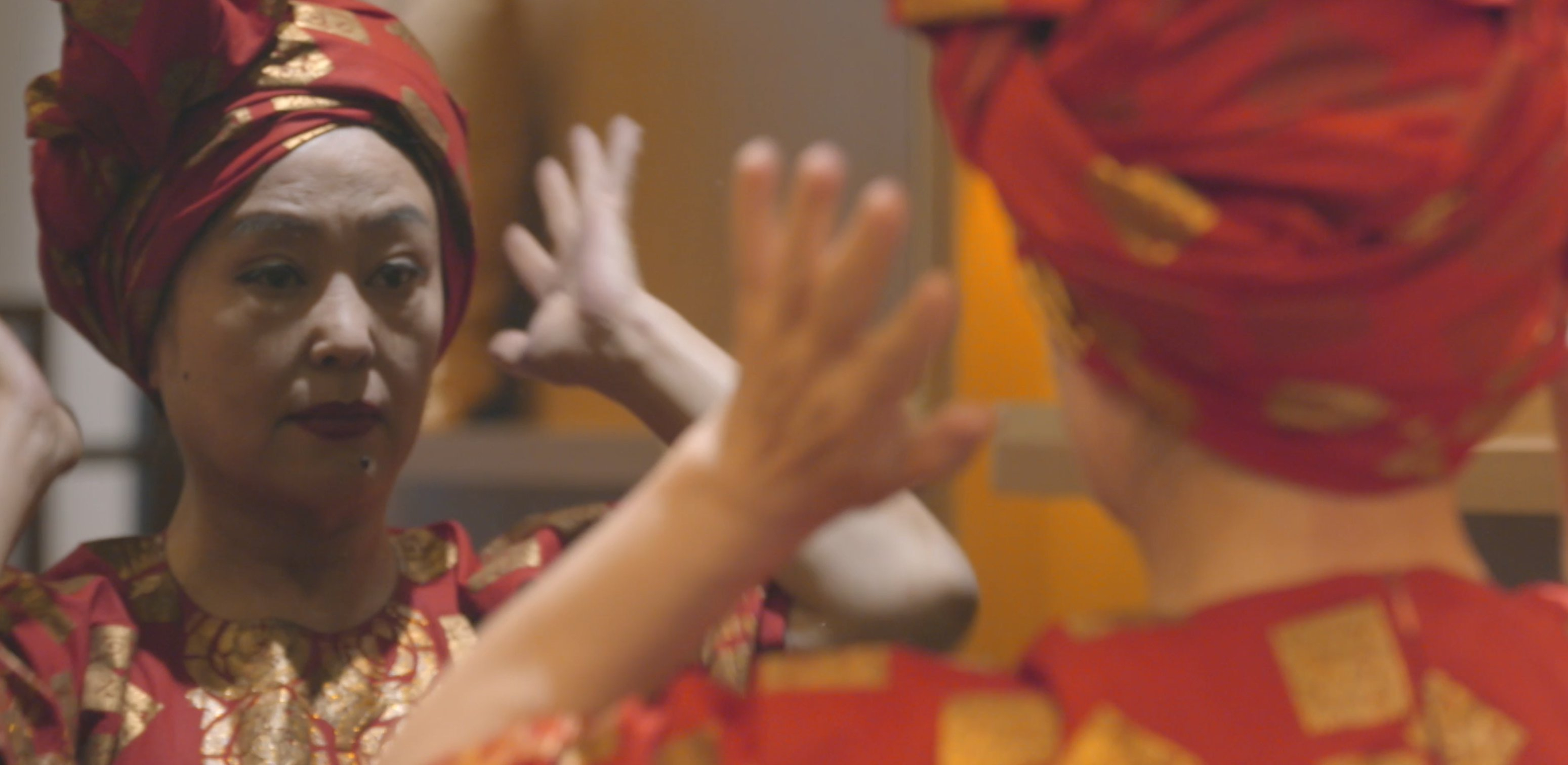51:29

"Common Destiny," a five-episode documentary series presented by CGTN, unveils the unprecedented transformation that the People's Republic of China has gone through in global exchanges since its founding in 1949. By retracing the path China has taken, it examines how the "Middle Kingdom" has influenced and has been influenced by the world in the field of trade, finance, people-to-people exchanges, culture and diplomacy.
The fourth episode, "Dialogue of Civilizations," spotlights China's engagement with the international community in the cultural sphere.

French sculptor Jean-Charles Pigeau immerses himself in Chinese culture, bridging French and Chinese heritage through art. /CGTN Photo
French sculptor Jean-Charles Pigeau immerses himself in Chinese culture, bridging French and Chinese heritage through art. /CGTN Photo
China's cross-cultural adventure in the 1950s was dominated by its contact with the former Soviet Union, and the Beijing Exhibition Center, formerly known as the Soviet Exhibition Centre, was a prime window for cultural exchanges at that time. Housing the famous "Moscow Restaurant," the Beijing Exhibition Center was built in 1954 at the high point of Sino-Soviet relations, enabling Chinese visitors to learn about Soviet lifestyles. The Moscow Restaurant was virtually the first restaurant serving foreign food in the Chinese capital. Soon, Soviet architecture and fashion became a part of the People's Republic of China's urban culture. Chinese citizens growing up in the '50s came to appreciate Soviet art, films and literature. And such an appreciation, in some cases, lasted for the rest of their lives.

Chinese action movie star Muqi Miya brings kung fu yoga to life, creating a charming connection between the ancient Indian practice and Chinese martial arts. /CGTN Photo
Chinese action movie star Muqi Miya brings kung fu yoga to life, creating a charming connection between the ancient Indian practice and Chinese martial arts. /CGTN Photo
The 1960s, though, was a difficult time for China. The country's diplomatic relations shrunk mainly to countries in Africa, Latin America and Asia. Against this backdrop, former Premier Zhou Enlai called for the establishment of the Oriental Song and Dance Ensemble, hoping to bring about friendlier connections by introducing the various countries to Chinese culture and people. The art troupe and its work became one of the major hallmarks of China's cross-cultural interactions during the '60s.

Chinese singer Zhu Mingying, now in her 60s, aims to bring about friendlier connections between China and other countries through her performances. /CGTN Photo
Chinese singer Zhu Mingying, now in her 60s, aims to bring about friendlier connections between China and other countries through her performances. /CGTN Photo
As China transitioned into the '70s and further opened up to the world in the '80s, the country's cultural exchanges with the rest of the world expanded to include the U.S., European countries and Japan, just to name a few.
Today, the intermingling of ideas between China and the global community can be found in gastronomy, contemporary art, literature, music, kung fu, fashion, pop culture, filmmaking and much more, making China a true melting pot of past and present and a vast land where worlds meet.